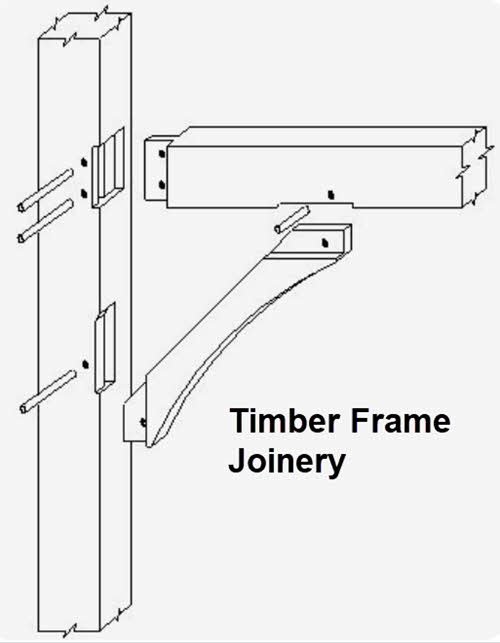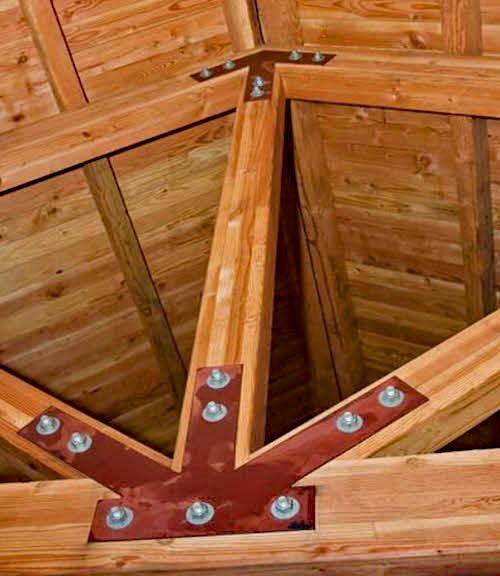What is the difference between timber frame and post-and-beam?

Timber Frame
A timber frame is a specific type of post and beam structure. To be considered a timber frame, a building has to be constructed using traditional joinery methods. The posts are held together with wooden pegs, rather than nails.
Using wooden pegs means that the constructor has to allow for pieces of wood to be housed into posts and beams using “mortise and tendon” joinery.
When using traditional joinery to make connections in a Timber Frame, the pegs are there to stabilize the connections and keep them secure.
Unlike nails, that are typically used to hold the wood together, wooden pegs are used. After the Tenon is inserted in the Mortice, the connection should be tight and strong, and then the peg is inserted so that it goes through both pieces of wood to further strengthen and secure the connection.
Many designs use pegs are most often made from Birch or Oak. The pegs can either be flush with the wood or can be proud and be left longer. They also can be made with more vibrantly colored woods such as cherry.
The pegs represent the craftsmanship and traditional of timber frame joinery.

Post & Beam
There are many post and beam structures where the timbers are held together using metal plates. A “post and beam” building may have old, hand hewn timbers but unlike with traditional timber frames, the way these beams are connected may be with more “modern” techniques.
There are many distinct kinds of plate configurations. The plates you need depend on the truss you are building. Keep these things in mind when selecting the plate type to use for your framing project.
- Plates that touch roof members need to be matched to the pitch of your roof. Plate designs fit a variety of pitches. Typical pitches range between 4/12 and 12/12. Pitches outside of this range may require a custom plate. Here is a blog post from The Carriage Shed on Roof Pitch.
- Choose a material thickness that suits your need. Purely decorative plates can be 3/16″. Plates that are expected to provide structural support should usually be 1/4″. Consult a qualified engineer to ensure structural integrity.
- Plates are usually set up in pairs for a specific joint to “sandwich” the timber. You can save money and time on purely decorative applications by lags screwing the plates to the timber rather than through-bolting them.
Learn more at Timber Plates.
